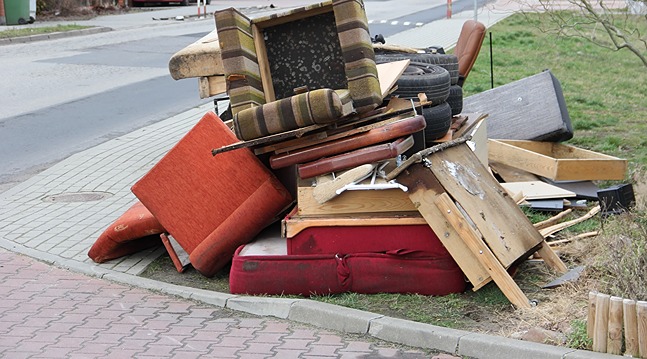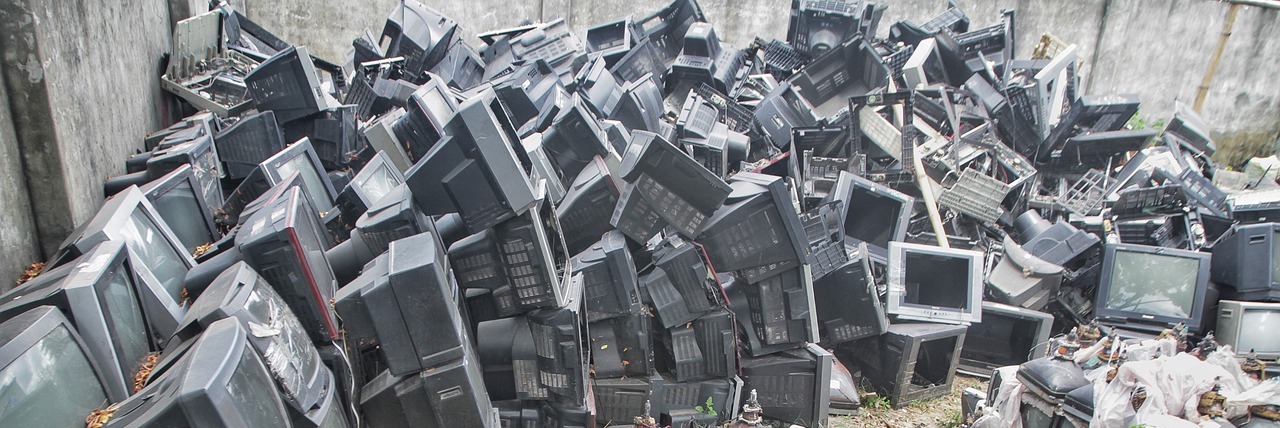Looking for a qualified cardboard recycling service? Read this article for more information on what cardboard is, why it’s essential to our economy and everyday lives, and how cardboard recycling can help protect the environment.
What is Cardboard?
Cardboard is a stiff, flat material made from paper pulp and other materials like starch, fiber, and wood chips. It’s often used for packaging products like cereal boxes, beverage cartons, and shipping boxes. Cardboard can be recycled and made into new products like recycled paperboard and construction insulation. According to the National Association of Corrugated Cardboard Manufacturers, about 90% of all products in the United States are shipped in cardboard boxes. Cardboard is an essential part of many industries, and it plays a significant role in our economy.
What Types of Items are Made out of Cardboard?
Cardboard is a versatile and ubiquitous material that is used in a wide variety of products. Moving boxes, food boxes, shipping boxes, and envelopes are all made out of cardboard. It is also commonly used in folders, trifolds, and paper towels. Cardboard is an ideal material for many applications because it is strong, lightweight, and relatively inexpensive. In addition, it can be easily recycled and reused. As a result, cardboard has a vital role in our everyday lives.
What is Cardboard Recycling?
Cardboard recycling is the process of reprocessing cardboard and paper waste into new paper products. It helps to reduce the amount of paper waste that is sent to landfills, and it also conserves natural resources by using less energy and water to produce new paper products. To recycle cardboard, the first step is to collect the cardboard from businesses and homes. The cardboard is then taken to a recycling facility, where it is sorted and bailed. The bailed cardboard is then taken to a paper mill, where it is broken down into pulp and made into new paper products.
Although most types of cardboard can be recycled, there are some exceptions. Pizza boxes, for example, cannot be recycled if they are greasy or covered in food residue. Milk cartons are also not recyclable because they are made from a combination of plastic and paper. Similarly, wet or soiled cardboard should not be recycled because it can contaminate other recyclable materials.
For tips and tricks on how to recycle cardboard, visit the cardboard recycling page at Republic Services for more information.
Why is Cardboard Recycling Important?
In recent years, there has been a growing awareness of the importance of recycling. This is due in part to the increasing amount of waste that is produced each year, as well as the limited resources available to dispose of this waste. Cardboard is one material that can be easily recycled, and the benefits of doing so are significant. Perhaps most importantly, recycling cardboard helps to reduce the amount of waste that is sent to landfills. In addition, it helps to conserve natural resources, as recycled cardboard can be used to create new products. Finally, recycling cardboard reduces emissions, as it takes less energy to recycle a pound of cardboard than it does to produce a new pound of the material. As more people become aware of the importance of recycling, the practice will likely become more commonplace.










